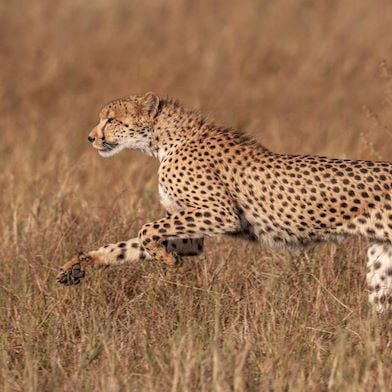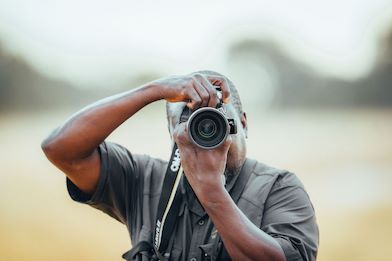Botswana
Sunset Safari Photography Tips
Photography
Wilderness Safaris
8/21/2017



More to discover

Mastering safari photography: 6 tips & tricks from the pros
Learn how to master your safari camera gear with expert advice on settings, angles, lighting, and co...
Read moreLauren Dold
04.03.2024

A portrait of the predators at Wilderness Chitabe
Photography on safari at Wilderness Chitabe - a wildlife wonder in Botswana from feisty felines to A...
Read moreWilderness Blogger
19.07.2023

Botswana: Through the lens
From the iconic Okavango Delta to the remote Mababe to the teeming Linyanti, see Botswana’s wildlife...
Read moreJanine Avery
11.07.2023

Smartphone photography in the wilderness
Avid photographer or casual shutterbug? Capturing unforgettable safari memories with your smartphone...
Read moreJanine Avery
10.07.2023

Respectful photography on safari
Learn how to make the most of a photographic safari with Wilderness in a respectful, ethical way.
Read moreLauren Dold
07.07.2023

Let’s plan your next journey
Ready?
When we say we’re there every step of the way, we mean it, literally. From planning the perfect circuit, to private inter-camp transfers on Wilderness Air, and easing you through Customs. We’re with you on the ground, at your side, 24-7, from start to finish. Ready to take the road less travelled? Contact our Travel Designers to plan an unforgettable journey.